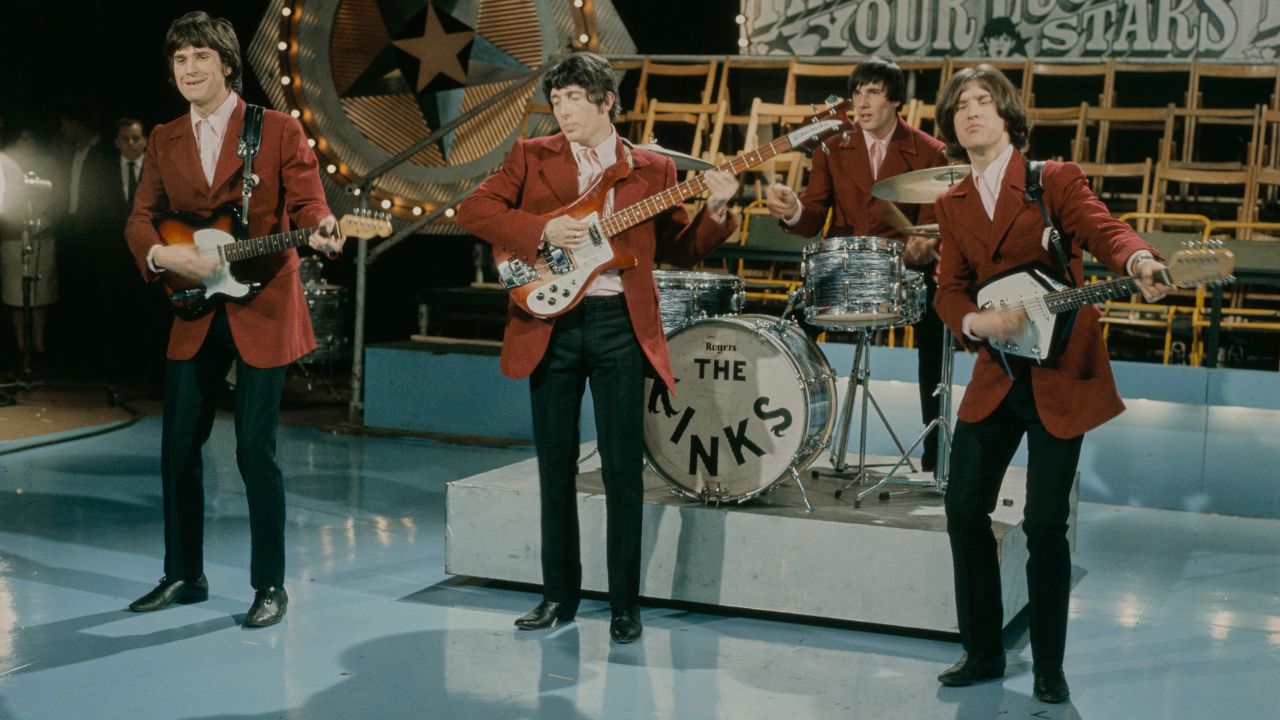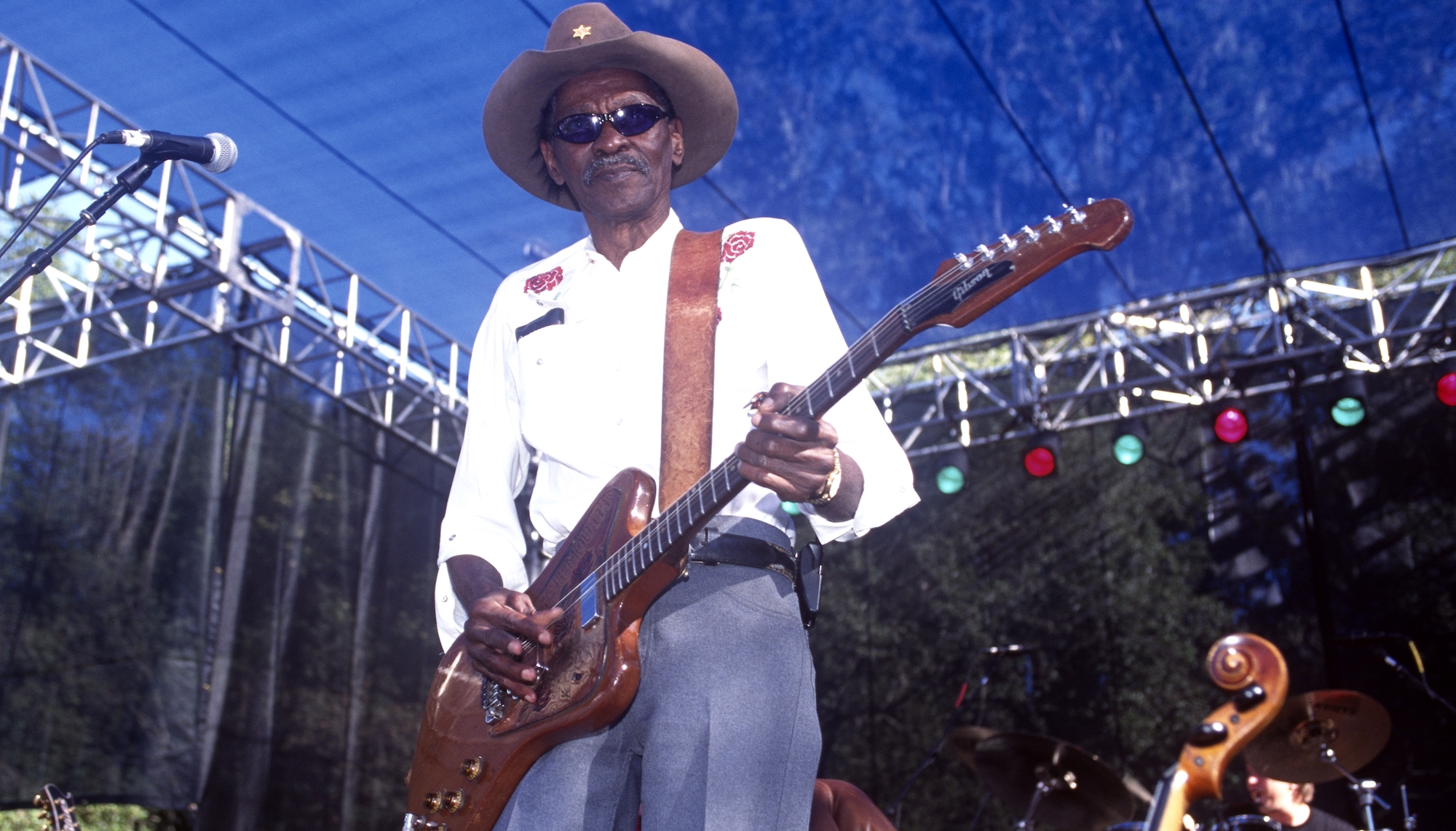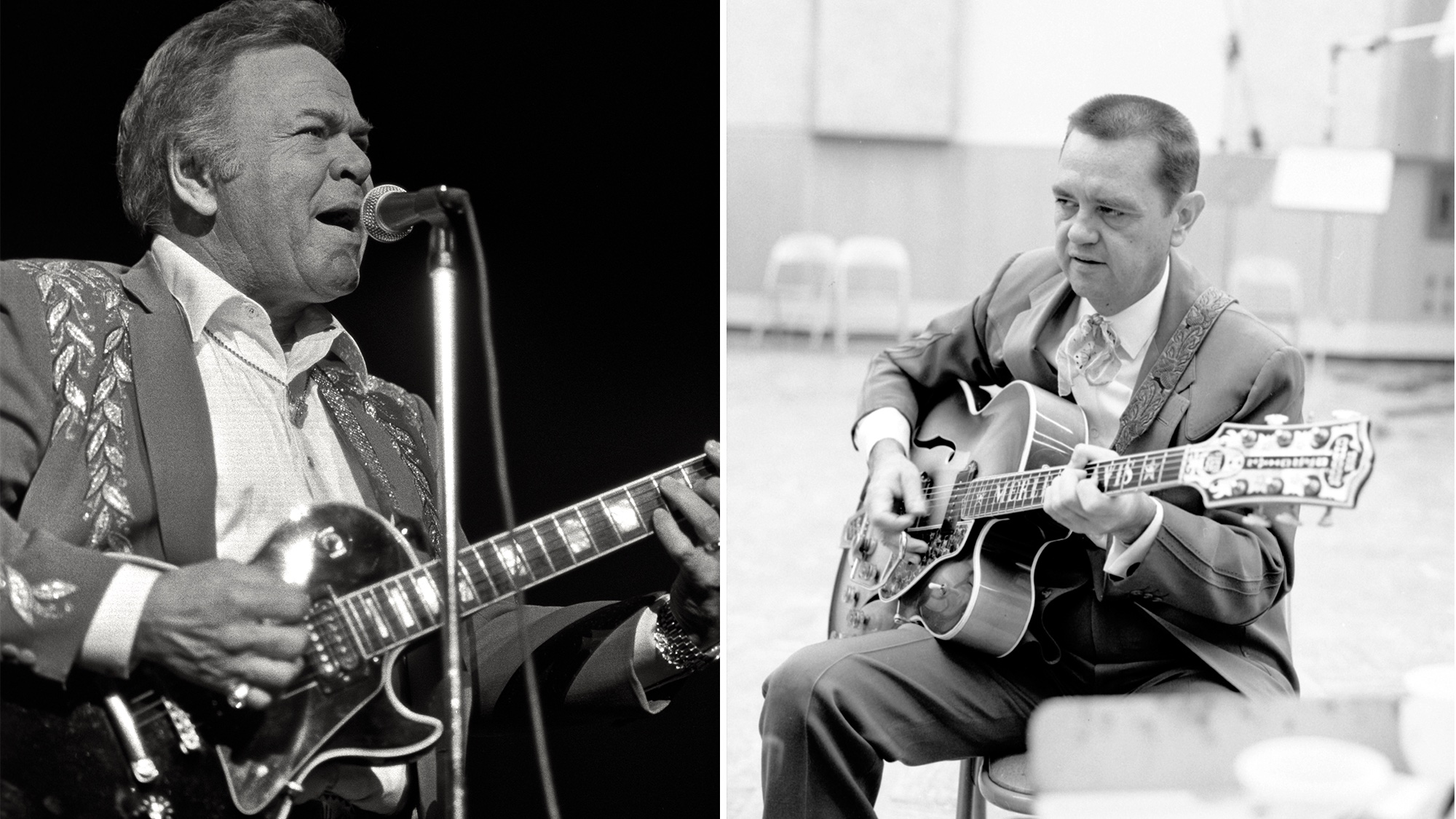Justin Hawkins: "A note played with supreme confidence, no matter how wrong it is, will always be the right one"
The Darkness frontman and guitarist shares some live guitar tips and encourages us to embrace mistakes… and learn to drop-kick a Tortex pick, stat!

Justin Hawkins is more than a little excited about getting back on stage with The Darkness. His only concern is that it might prove a little too exciting.
“Life has been so boring without live music,” the high-singing, guitar-slinging frontman says. “So it’s going to be a real culture shock when gigs start up. Nothing can prepare you for the thrill of seeing all those faces. So you need to prepare purely on a medical level, especially when you get to my age... 28! I might explode, you know?”
Justin is speaking to TG from the place where The Darkness record and rehearse – the studio at the Sussex home of his brother Dan, the band’s rhythm guitarist. Here, a new album, titled Motorheart, has just been finished. It’s also where the band – completed by bassist Frankie Poullain and drummer Rufus Taylor – are working up a new setlist for their upcoming tour.
And, as a true master of the stage, Justin has plenty of sound advice to offer – on performance, gear, warm-ups, and how to “embrace” the embarrassment of a bum note. But he has this stark warning for those about to rock again: “No matter how much you prepare, the first show will always be absolute chaos...”
Much like the Young brothers of AC/DC, you and Dan have always had an explosive chemistry on stage. What’s the secret?
“It’s hard to say. Me and Dan just rock up and it tends to work. He knows I’m sloppy so he’s got to be tight. You can’t both be sloppy, that’s the thing! If neither of you are prepared to practise you are going to struggle. One person needs to practise for the other to be left in charge of things like snacks and tea. Division of responsibility and, subsequently, labour is important. Pick your battles. You don’t both need to be perfect... But one of you does!“
It helps that you have well-defined roles on your fretboards – him usually sticking to rhythm work on the lower end and you coming in for choruses and solos...
Get The Pick Newsletter
All the latest guitar news, interviews, lessons, reviews, deals and more, direct to your inbox!
“And our guitars wear in totally different ways! Now we’ve had our Les Pauls for 20 years, you can really see who does what. Mine are all covered in dents and cracks on the headstock and neck, and generally quite worn in the upper regions. His are where the right wrist hits the wood. It’s easy to guess which guitars are mine and which are his, and that’s before you even get into the other things like the finishes.
“The state of the binding alone will tell a story... It’s a roadmap! I think he gets a nosebleed when he comes up my end and I get a headache when I go down his. We’re best off this way round, and there’s an innate understanding. He knows where to leave space and I know how to fill it.“
We’re all prone the occasional bum note. What’s your approach to dealing with them on stage?
“You have choices. You can style it out, but what you can’t do is something like Peter Sellers in the Pink Panther movie, where he bumps into things, falls over and then gets up pretending nothing happened. It’s hilarious to watch but kind of excruciating. The pain of the bum note can last with you a lot longer if you try to hide it. A note played with supreme confidence, no matter how wrong it is, will always be the right one. Remember, people love live music is because it’s not perfect. “
Rock ’n’ roll should be dangerous, after all...
“Exactly. People don’t want to see a perfect recital – they want something that excites them. They want the tightrope of you trying to pull off complicated solos that are just outside your natural abilities and then seeing how you stumble, almost like those morbid fascinations with accidents during the Formula One! They want to see where things go wrong and how the musicians cope. That’s part of the magic. Embrace those awkward moments – people might literally be paying good money to see them.“
No matter how much you prepare, the first show of a run will always be absolute chaos. I always find those really fun
What kind of warm-up exercises will you do ahead of show time?
“I don’t usually have a guitar in the dressing room. I embrace the excitement of overbending. I like it to sound like I’m surprised by what I’m playing, which is why I keep it fresh. No matter how much you prepare, the first show of a run will always be absolute chaos. I always find those really fun, there’s no point in even trying! By show three, I know what I’m doing and by the end of a tour I’m almost a professional!“
Well, it takes a fair amount of skill to kick your plectrums at the crowd...
“That’s all down to my hand-to-eye coordination. It’s less to do with music and more to do with football and being a massive show-off. But it only comes through practice and perseverance. The dynamics of a plectrum in flight are really quite unpredictable.
“There’s something instinctive you develop after flicking and kicking hundreds of plectrums every day for many years. It stays with you. Now my reputation is one of a man with laser-like precision. I can hit any target from any distance!“
And, presumably, each type of plectrum cruises differently once airborne?
“I started off on the shark fins [laughs]. The really difficult ones are the grey nylon plectrums that Dan uses. They just flop out like a petal falling off a rose... Well, a grey rose made of nylon. Maybe it’s the grippy bit creating some added wind resistance?! You’re better off with a bit of Tortex, really, which has a much more reliable fight path.“
The dynamics of a plectrum in flight are really quite unpredictable
So what are your preferences when it comes how your guitars are set up?
“I have 10s on the Les Paul Customs. There’s a Charvel So-Cal with a Floyd Rose that I’ve been using in the studio – I’m looking to get a couple for touring because they’re so much fun. They come with 9s but I’ve adjusted to 10s, there’s something better about the tone.
“On the odd occasion I’m called upon to handle rhythms, I don’t want the cheese-wire light sound. I want something that can get near Dan’s, though I’ll never match his power because he uses really thick strings and his whole rig is set up to be powerful – that way when I’m not playing he can hold it down on his own.
“The action can’t be too low or high – I need to be able to do a three-fret bend but also hammer on easily. Our tech Softy [Ian Norfolk] is a great player in his own right, which means he put the guitars through their paces. There’s no choking, they all sing nicely.“
Speaking of which, you generally keep your signal path quite clean on stage...
“Instead of noise gates and suppressors, try to use your fingers and hands to control what’s happening. I would say it’s important to stand in front of an amp on a regular basis. Next time a global pandemic comes along, make sure you’re locked down with an amp... Because sitting there acoustically, subtly sweeping is not going to prepare you for the stage, which is closer to riding a frenzied bull at the rodeo.
“And much like the bull, it’s not a case of breaking a guitar in and making it your bitch – it’s more like riding it and making it your companion. I feel people make it too easy for themselves, a lot of things in those signal chains are designed to control the elements of guitar that make it exciting in the first place! Always start with the guitar, cable and amp. Stand in front of it, see what happens and then deal with it.“
Next time a global pandemic comes along, make sure you’re locked down with an amp... Because sitting there acoustically, subtly sweeping is not going to prepare you for the stage
So, other than some new Charvels, will there be any changes to your live rig for the next tour?
“Maybe a few things. There was the ‘Face Melter’ footswitch – my only pedal. Now it says ‘Behold!’, but it’s the same button. It’s a channel switcher that goes from a loud amp to a much louder amp to push me over the cliff for solos. And they tend to change – I’m experimenting with Wizards, Mesa/Boogies, Marshalls and even Laneys back there. It’s that magical period of finding a new rig. I guess my tone is always in development and constantly evolving – I’ve never been nailed down to one amp. It’s all about whatever I feel like at the time...“
- Motorheart arrives on November 19 via Cooking Vinyl.
Amit has been writing for titles like Total Guitar, MusicRadar and Guitar World for over a decade and counts Richie Kotzen, Guthrie Govan and Jeff Beck among his primary influences as a guitar player. He's worked for magazines like Kerrang!, Metal Hammer, Classic Rock, Prog, Record Collector, Planet Rock, Rhythm and Bass Player, as well as newspapers like Metro and The Independent, interviewing everyone from Ozzy Osbourne and Lemmy to Slash and Jimmy Page, and once even traded solos with a member of Slayer on a track released internationally. As a session guitarist, he's played alongside members of Judas Priest and Uriah Heep in London ensemble Metalworks, as well as handled lead guitars for legends like Glen Matlock (Sex Pistols, The Faces) and Stu Hamm (Steve Vai, Joe Satriani, G3).
“Chuck Berry's not a very good guitar player. He's a clown. He runs all over the guitar, just like any one of these old rock players would do, and makes no sense”: Clarence “Gatemouth” Brown pulled no punches when speaking about his fellow guitar heroes
“I said, ‘Merle, do you remember this?’ and I played him his song Sweet Bunch of Daisies. He said, ‘I remember it. I've never heard it played that good’”: When Roy Clark met his guitar hero












